Key Takeaways:
- In the late 19th and early 20th centuries, contractor bosses known as “construction czars” rose to power in Philadelphia
- These bosses controlled the hiring and management of workers on large building projects and often engaged in corrupt practices such as kickbacks and rigged bidding.
- Notorious contractor bosses of this era included “Big Bill” Thompson and the Vare brothers, who controlled the supply of bricklayers in Philadelphia, demanded kickbacks from contractors, and rigged bidding on construction projects.
- The rise of contractor bosses was closely tied to the city’s lavish public works program of the early 20th century, which aimed to modernize the city’s infrastructure but was plagued by corruption and inefficiency.
- Despite the corruption, some of Philadelphia’s most iconic landmarks were constructed during this time period, including City Hall, the Philadelphia Museum of Art, and Roosevelt Boulevard.
- The Great Depression of the 1930s marked the decline of contractor boss power in Philadelphia, as demand for new buildings decreased
What Were Contractor Bosses?
In the late 19th and early 20th centuries, Philadelphia saw the rise of a powerful group of individuals known as contractor bosses. These individuals, also known as “construction czars,” controlled the hiring and management of workers on large building projects and were often involved in corrupt practices such as kickbacks and rigged bidding. This era of widespread graft and corruption had a significant impact on the city’s construction industry and left a lasting legacy on some of Philadelphia’s most iconic landmarks.
Philadelphia’s Construction Czars
One of the most notorious contractor bosses of this era was a man named “Big Bill” Thompson. Thompson controlled the supply of bricklayers in Philadelphia and was known for demanding kickbacks from contractors in exchange for access to his workers. He also used his power to rig bidding on construction projects and extort money from developers. Despite his corrupt practices, Thompson was able to accumulate significant wealth and political power and was even elected to the Philadelphia City Council.
Another group of infamous contractor bosses of this era was the Vare brothers. Led by brothers William and Harry, the Vare brothers controlled the supply of bricklayers in Philadelphia and were known for demanding kickbacks from contractors in exchange for access to their workers. They also used their power to rig bidding on construction projects and extort money from developers. Despite their corrupt practices, the Vare brothers were able to accumulate significant wealth and political power and even had a major impact on the development of the city’s infrastructure, including the construction of the Market-Frankford Subway-Elevated Line and the Benjamin Franklin Bridge.
The rise of contractor bosses in Philadelphia was also closely tied to the city’s lavish public works program of the early 20th century. The program, which was intended to modernize the city and improve its infrastructure, was plagued by corruption and inefficiency. Contractor bosses took advantage of the program to line their pockets with kickbacks and bribes, and the cost of building projects was inflated as a result.
Influential Landmarks
Independence Hall, 1902
Despite the widespread corruption in the industry, some of Philadelphia’s most iconic landmarks were constructed during this time period. City Hall, which was completed in 1901, was built during the height of the contractor boss era and was one of the most expensive buildings of its time. The Philadelphia Museum of Art, which was built between 1907 and 1928, was also a product of this era, and the construction of Roosevelt Boulevard, which began in the early 1910s, was plagued by corruption and inefficiency.
The End of Contractor Bosses
The Great Depression of the 1930s marked the beginning of the end for contractor bosses in Philadelphia. The decrease in demand for new buildings and the economic downturn led to a decline in their power and influence. In addition, the efforts of reformers and prosecutors, along with new technologies and construction methods, gradually eroded the power of contractor bosses and led to a more transparent and efficient construction industry.
In conclusion, the history of contractor bosses in Philadelphia in the late 19th and early 20th centuries is a story of widespread corruption and graft. The Vare brothers, and other contractor bosses, controlled the hiring and management of workers on large building projects and used their power to demand bribes and kickbacks from contractors and developers. Their corrupt practices led to inflated costs and poor working conditions for workers and left a lasting legacy on some of Philadelphia’s most iconic landmarks. The Great Depression marked the decline of their power, and the industry became more transparent and efficient as a whole.
References
H.C. White Co. (1902) Independence Hall, Philadelphia, Pa. Pennsylvania Philadelphia, 1902. [North Bennington, Vt.: H.C. White Co., Publishers] [Photograph] Retrieved from the Library of Congress, https://www.loc.gov/item/2018650718/.

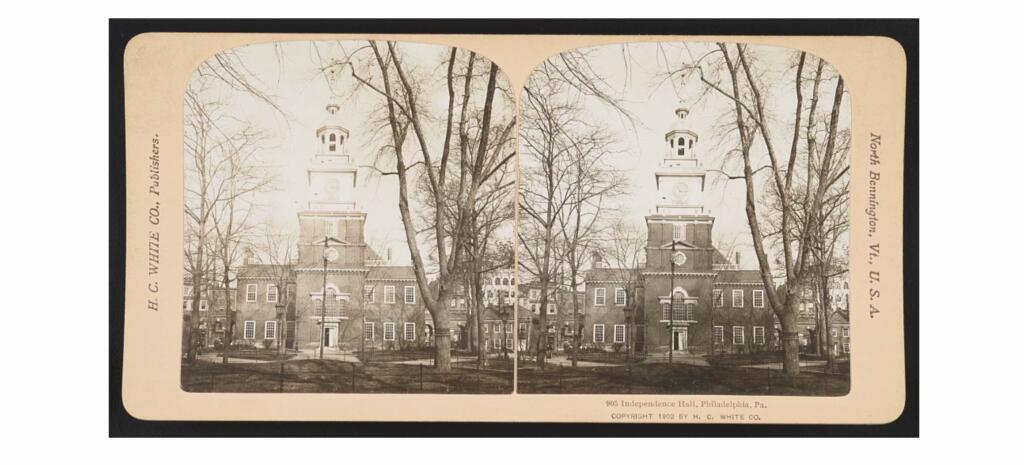

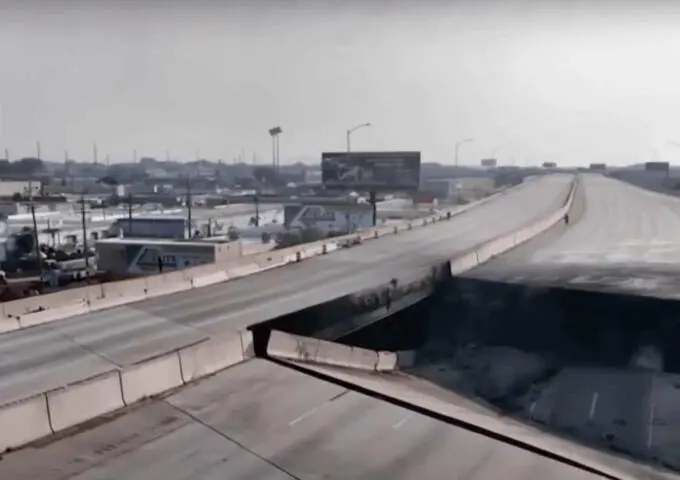
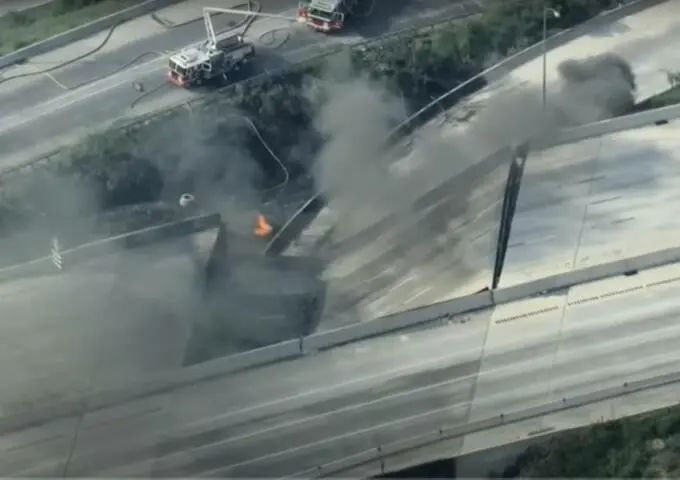
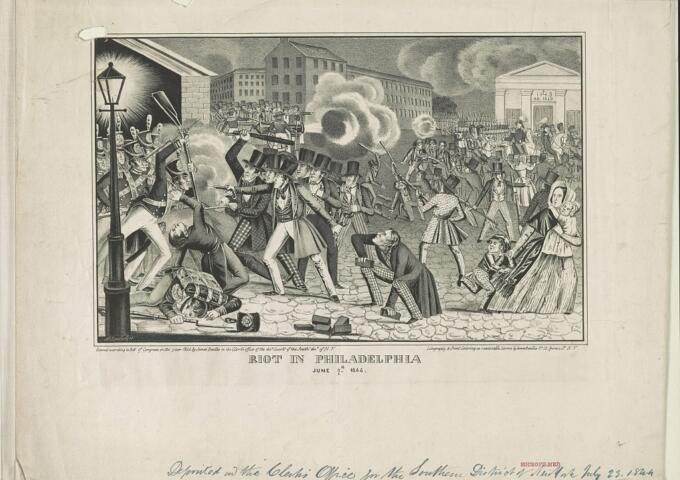
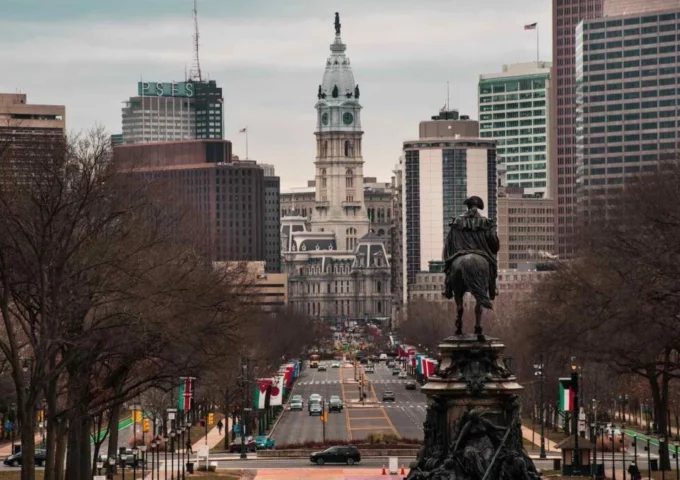
Leave a Reply